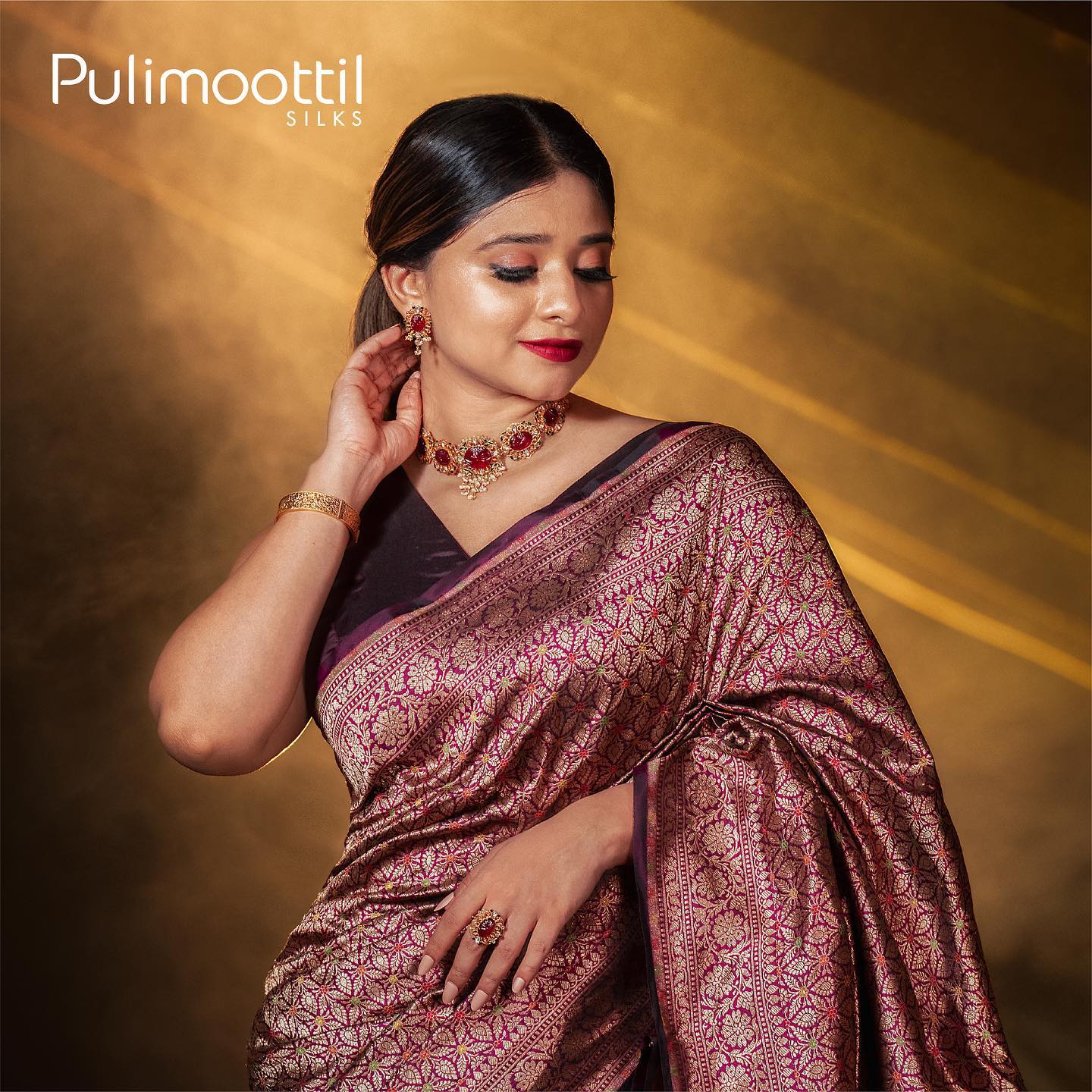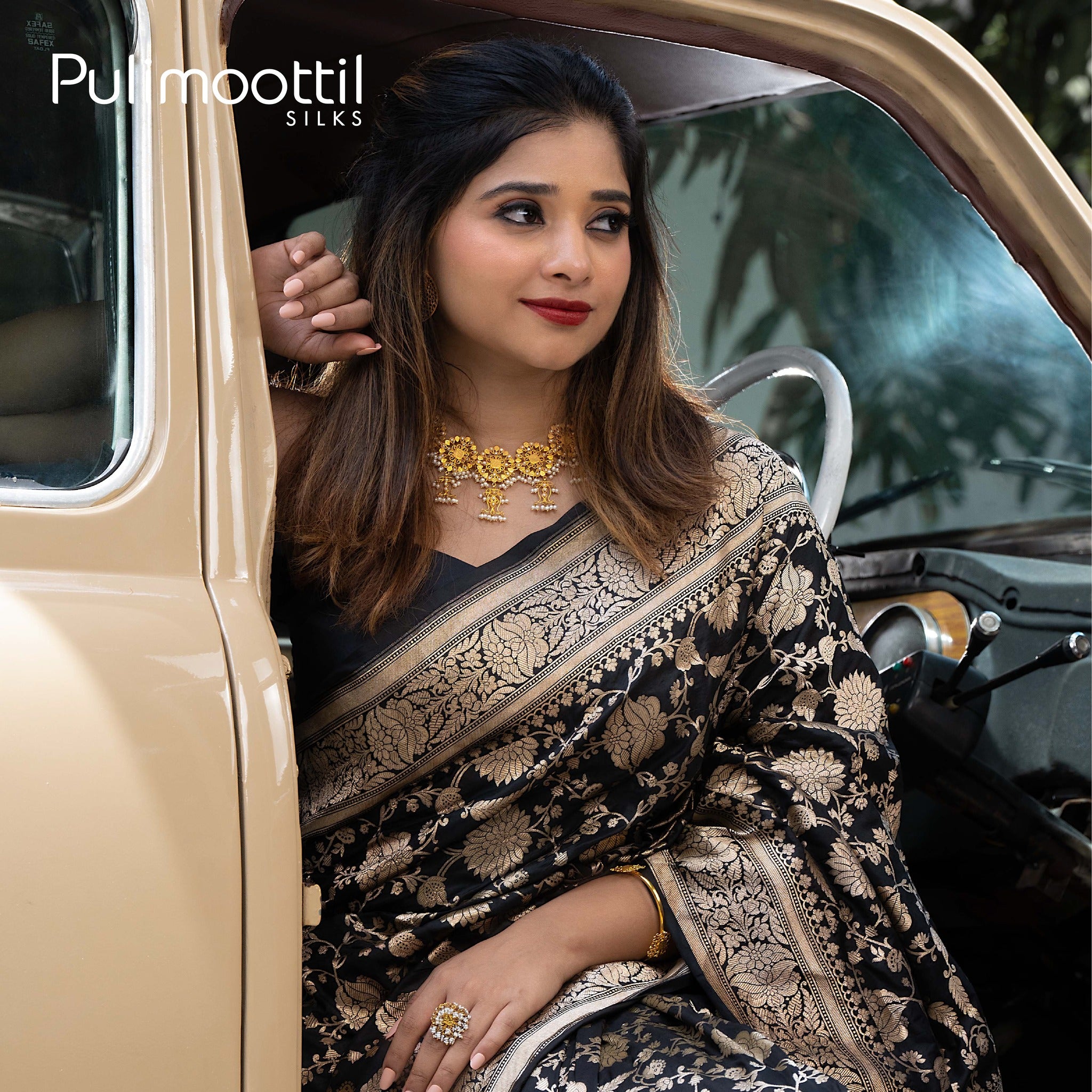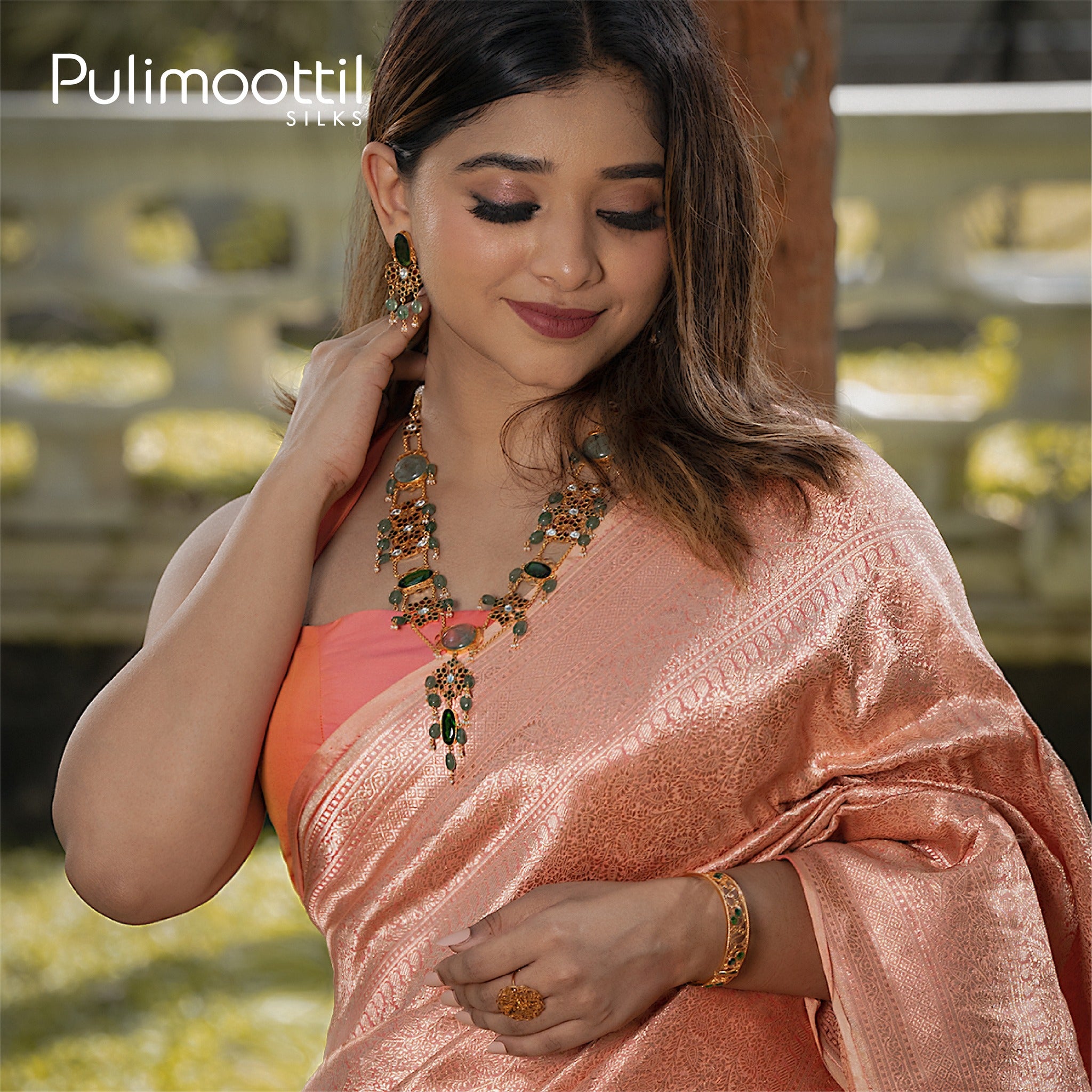
Exploring Regional Sarees: Colors, Motifs, and Traditions
The saree, a traditional Indian garment, is not only a symbol of elegance but also a reflection of the rich cultural diversity of India. Each region in India has its unique style of saree, characterized by distinct colors, motifs, and traditions. These regional sarees not only showcase the artistic brilliance of the weavers but also tell the story of the local customs and heritage. Let's embark on a journey through the vibrant world of regional sarees and discover the beauty that lies within.
Starting our exploration in the northern part of India, we encounter the Banarasi saree from Varanasi, Uttar Pradesh. These sarees are renowned for their opulent silk fabric and intricate brocade work. The vibrant colors of Banarasi sarees, such as rich reds, royal blues, and regal golds, symbolize prosperity and joy. The motifs often depict Mughal-inspired designs, such as floral patterns, intricate paisleys, and delicate leaves. These sarees are traditionally worn during weddings and other festive occasions.
Moving towards the western region, we encounter the vibrant Bandhani sarees from Gujarat and Rajasthan. Bandhani, also known as tie-and-dye, is a traditional art form where small dots or patterns are created by tying the fabric with threads before dyeing it. The bright colors used in Bandhani sarees, such as vibrant yellows, lively oranges, and deep blues, reflect the desert landscape of the region. The motifs often include traditional designs like dots, waves, and squares. Bandhani sarees are worn during celebrations like Navratri and weddings.
As we venture into the eastern part of India, we discover the elegant Kantha sarees from West Bengal. Kantha is a type of embroidery where intricate running stitches are used to create beautiful patterns. The colors used in Kantha sarees are often subtle and earthy, such as soft pinks, pale blues, and muted greens. The motifs on Kantha sarees often depict nature-inspired designs like flowers, birds, and animals. These sarees are known for their light and comfortable fabric, making them suitable for daily wear.
Further down south, we encounter the graceful Kanchipuram sarees from Tamil Nadu. These sarees are woven with pure silk threads and adorned with rich zari work, which is gold or silver thread work. Kanchipuram sarees are known for their vibrant and contrasting colors, such as deep maroons, royal purples, and bright yellows. The motifs often depict traditional elements like peacocks, temple borders, and mango designs. Kanchipuram sarees are considered auspicious and are worn during weddings and religious ceremonies.
In the northeastern region of India, we discover the mesmerizing Muga silk sarees from Assam. Muga silk is a unique and luxurious variety of silk that is produced exclusively in Assam. The naturally golden color of Muga silk gives these sarees a distinct charm. The motifs on Muga silk sarees often depict Assamese cultural symbols like elephants, peacocks, and traditional patterns. Muga silk sarees are highly prized for their durability and lustrous texture and are worn during festivals and special occasions.
Moving towards the western coast, we encounter the exquisite Paithani sarees from Maharashtra. Paithani sarees are characterized by their vibrant colors, intricate weaving, and rich gold zari borders. The colors used in Paithani sarees are often jewel tones like deep purples, rich greens, and royal blues. The motifs on Paithani sarees often include peacock designs, lotus flowers, and geometric patterns. These sarees are considered a symbol of wealth and status and are traditionally worn by brides during weddings.
As we conclude our journey through the regional sarees of India, we realize that each saree is a masterpiece in itself, representing the unique heritage and craftsmanship of its respective region. From the opulent Banarasi sarees of the north to the elegant Kanchipuram sarees of the south, each saree tells a story of tradition, artistry, and cultural significance. The colors, motifs, and traditions associated with these sarees reflect the diverse and vibrant tapestry of India, making them not just garments but living embodiments of Indian culture and identity.


